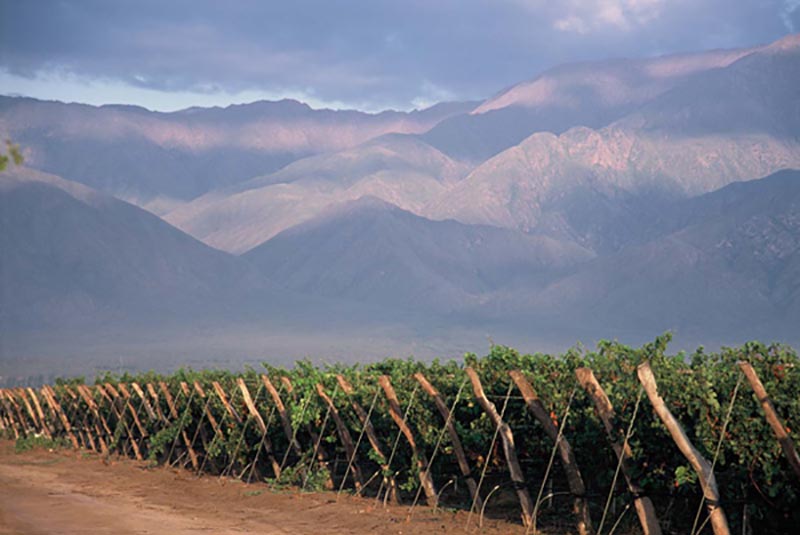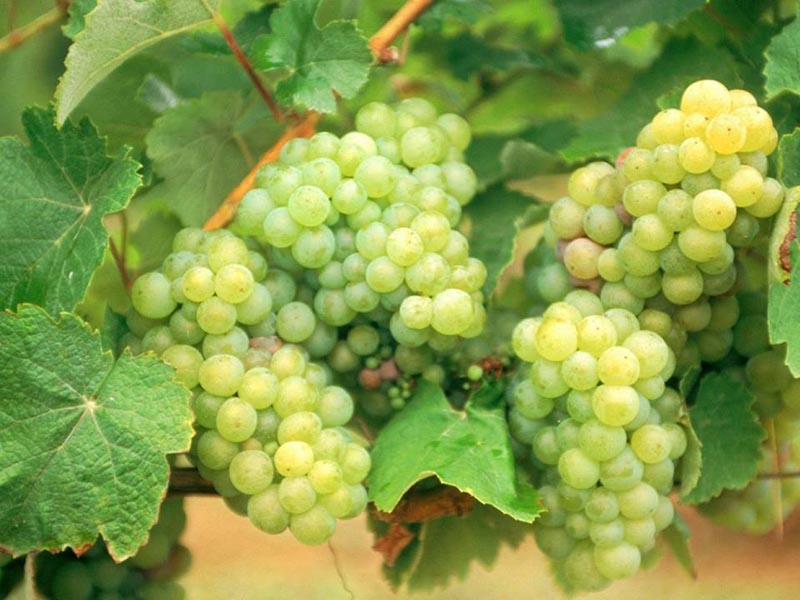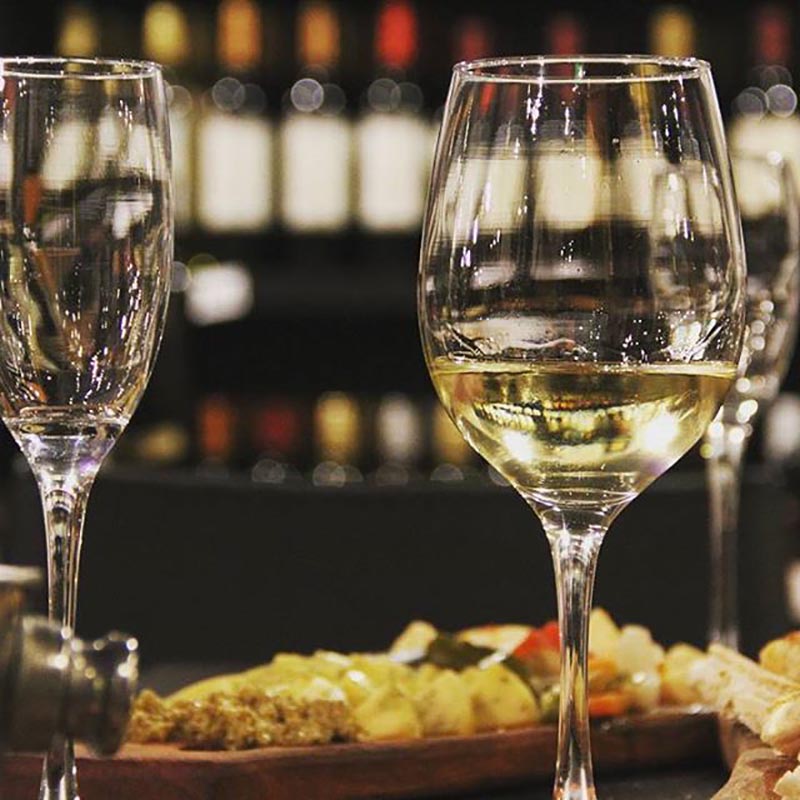The Andes mountain range has a lot more to it than the one can glean from a postcard of snowy peaks. In fact, throughout its diverse geography one finds salt flats, deep valleys, volcanoes and, of course, countless mountains each with their own distinctive characteristics. This is especially true of the parallel valleys of La Rioja, a little-known province outside of Argentina with its own terroirs where the wines express the distinctive character of the local landscape.
“There’s nothing better than a glass of Torrontés Riojano in La Rioja,” says Juan Banno, the Oenologist at Bodega San Huberto, one of the wineries that act as standard bearers for the autochthonous grape, which is widespread in the northwest of Argentina and stands out for its intense, fragrant floral aromas.
In fact, it’s the most popular wine among the wines of La Rioja: 2500 hectares are under vine with Torrontés Riojano 2050 compared to 800 of Malbec, out of a total of 7700 hectares of vineyard according to the most recent data (2020).

The Wines of La Rioja: a distinctive character
After Mendoza and San Juan, La Rioja is the third largest wine-producing province in Argentina. Most of the cultivated surface area is found in the Famatina Valleys, a productive oasis with a warm climate and low rainfall running between the Sierras de Velasco and Famatina, to the west of the province.
However, other Riojan valleys – such as Aminga, Angulos and Chañarmuyo – also contribute their own distinctive qualities to a diverse scene with a long history of wine production.
In fact, recently, wineries from Mendoza have begun to explore the region on the hunt for new supplies of premium grapes. With good concentration among the reds, the local Andean valleys ensure greater freshness and a different kind of product than one finds in Mendoza. Together with the dramatic landscape, for instance the Sierra de Famatina with its permanently snow-capped peaks or the sandstone canyon of the Talampaya National Park, they make La Rioja a truly unique wine producing region.
“La Rioja has several regions with quite distinctive microclimates. The Sierra de Famatina, for example, guarantees the cool nights that are so good for our grapes,” says Javier Collovati, an agricultural engineer and production manager at Bodega Valle La Puerta.

Peaks and valleys
Like elsewhere in the Andes, the altitude is a key factor in wine production. This is especially true in La Rioja, where the latitude is relatively low (29° 14’ in Chilecito). The terroirs one finds at altitude range from 2900 feet above sea level in the Valley of Chilecito, in Famatina, to 4600 in the Aminga Valley or 6000 in Angulos, while the Chañarmuyo Valley has an average altitude of 5400 feet.
This diversity is a key factor in producing wines with different identities.
“In recent years La Rioja has been finding its personality,” says Matías Tomás Prieto, at Bodega Chañarmuyo, located in the valley of the same name. “Where before it was seen as cross between the extremes of Mendoza and Salta, with warm weather, concentrated wines, producers in La Rioja have been improving their judgment on when to harvest and are now really showing what they can do.”
Colovatti agrees: “In recent years we’ve seen significant progress in terms of the standard of local wines due to early work in the vineyards to differentiate sectors according to quality. This means that come the harvest, the grapes from different sectors can be allocated to different levels of wine.”
Vines are now given special attention right from the pruning stage: “We have a lot of variability and because of that, there are major differences in the lots; it’s important to be selective.”

Traditional and innovative varietals
As we’ve seen, Torrontés Riojano is the star of the province. “Its nose always has those distinctive floral notes,” says Juan Banno. “The orange blossom and rose aromas are joined by fruity notes that veer from tropical to citrussy.”
These wines traditionally had a moderate structure and medium to low acidity but now the switch to earlier harvesting has been crucial in giving them greater freshness. “The harvest time is very important if one is going to achieve a quality product and so we taste the grapes to determine the precise moment,” adds Javier Collovati.
Riojan reds are dominated by Malbec and Cabernet Sauvignon, closely followed by Bonarda and Syrah. “They generally have intense color, rich, flavorful aromatic profiles and ripe tannins,” says Banno. One also finds other varieties of red that aren’t generally associated with La Rioja such as Tannat and Cabernet Franc, which are made as varietals and also go into blends. The same is true of white varieties.
“Today, you can look beyond the classical La Rioja wines to find excellent Malbecs, Tannats, Chardonnays, Cabernet Francs, and even high-end sparkling wines,” says Matías Tomás Prieto, adding: “I think that La Rioja still has plenty of surprises up its sleeve. Today, Argentine wines tend to express the identity of where they came from, representing their specific terroirs and La Rioja is establishing that identity.”
International consumers are also welcoming Riojan wine, says Prieto. “The international market is looking for new things from Argentina. We’ve left behind Argentine Malbec and are focusing on Malbecs and other varieties from specific provinces, regions and sub-regions, so people are intrigued by wines from La Rioja.”



